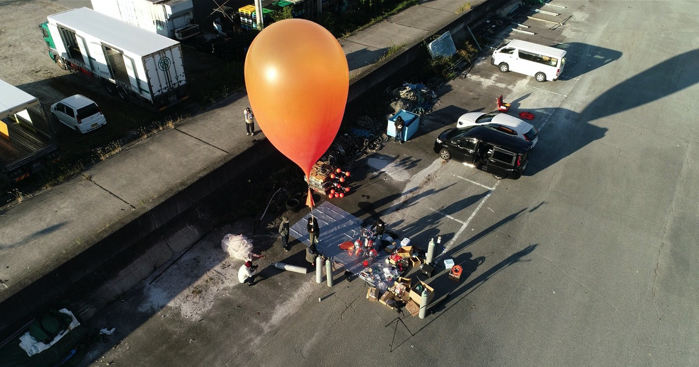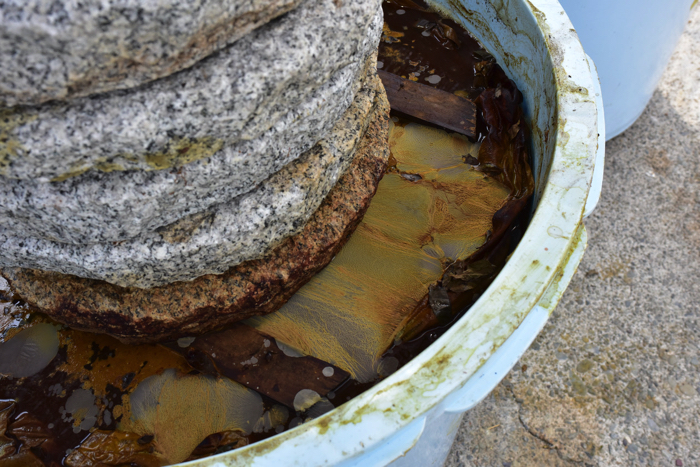- Project Leader : Naito Naoki (Tokushima University, Graduate School of Technology, Industrial and Social Sciences)
- Collaborators : Ishikawa Noboru (Kyoto University, Center for Southeast Asian Studies)
- : Kataoka Tatsuki (Kyoto University, Graduate School of Asian and African Area Studies)
- : Iwasa Mitsuhiro (Kochi University, Faculty of Humanities and Social Sciences)
- : Tanaka Motomu (Kochi University, Faculty of Regional Collaboration)
- : Masuda Kazuya (Kochi University, Faculty of Integrated Arts and Sciences)
Outline of Research
The purpose of this research is to consider how the intersection of the state, the market economy, and ecosystems in the early modern period created ‘local’ or ‘indigenous’ agricultural systems in contemporary East and Southeast Asia. To do so, we trace the ecological and historical contexts of the agricultural systems at GIAHS (Globally Important Agricultural Heritage Systems)-designated sites and compare them to understand their socio-ecological nature. We aim to characterize the ethnohistory of negotiations between states, markets, and ecosystems mediated by local/indigenous agricultural systems as an interface between humans and nature.
Description
The purpose of this research is to consider how the intersection of the state, the market economy, and ecosystems in the early modern period created ‘local’ or ‘indigenous’ agricultural systems in contemporary East and Southeast Asia by tracing the ecological and historical contexts of the agricultural systems at GIAHS (Globally Important Agricultural Heritage System) designated sites and comparing them to understand their socio-ecological nature. To this end, we explore how so-called ‘unique local/ indigenous agricultural systems’ have been affected by negotiations among states, markets, ecosystems, and farmers since the early modern period.
This study is significant in three important aspects. First, it conceptualizes the perspective of comparative studies on the dynamics of local/indigenous agricultural systems within an ecosystem in relation to the state and market economy. Second, it conducts comparative research from a political and historical ecological perspective using GIAHS sites in Asia, where most of the world’s GIAHS sites are located. Third, it considers options for anthropological intervention in international movements such as GIAHS.
By conducting comparative research on the creation and development of agricultural systems at various GIAHS sites using perspectives and methodologies from the humanities and social sciences, it is possible to gain new insights into the dynamics of agricultural systems and ecosystems that have been affected by negotiations among states, markets, ecosystems, and farmers since the early modern period. This research contributes to the Anthropocene debate and to international movements related to environmental conservation, indigenous culture, and food security.


